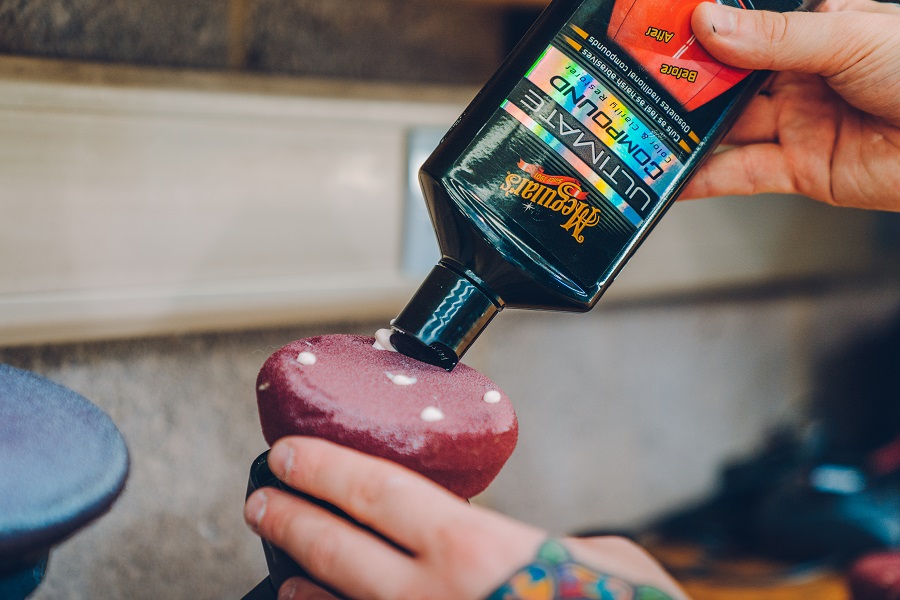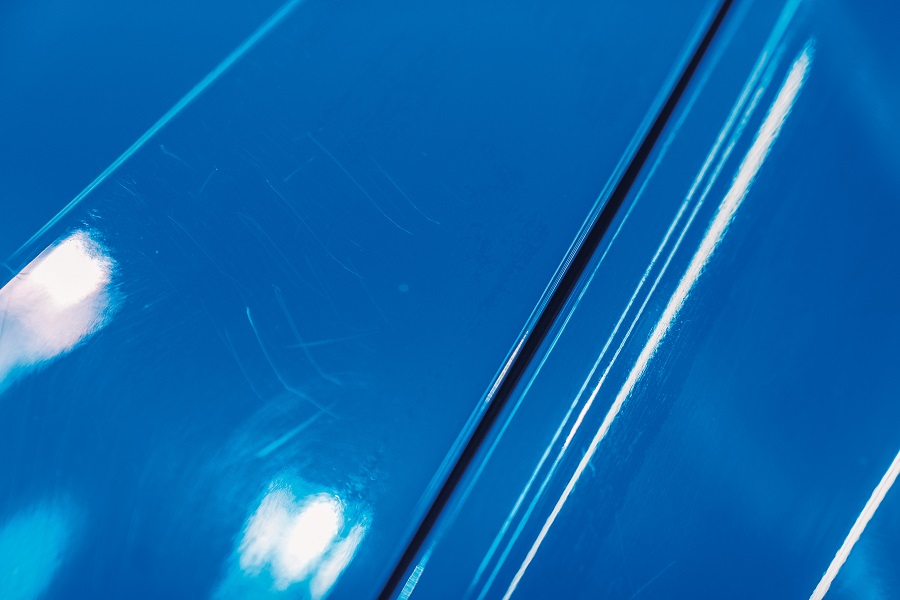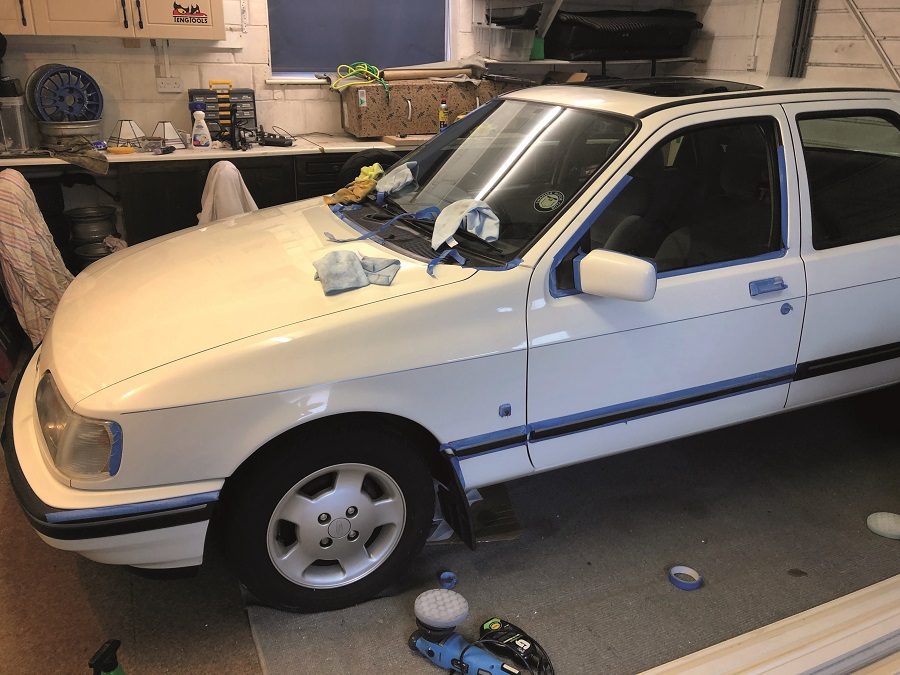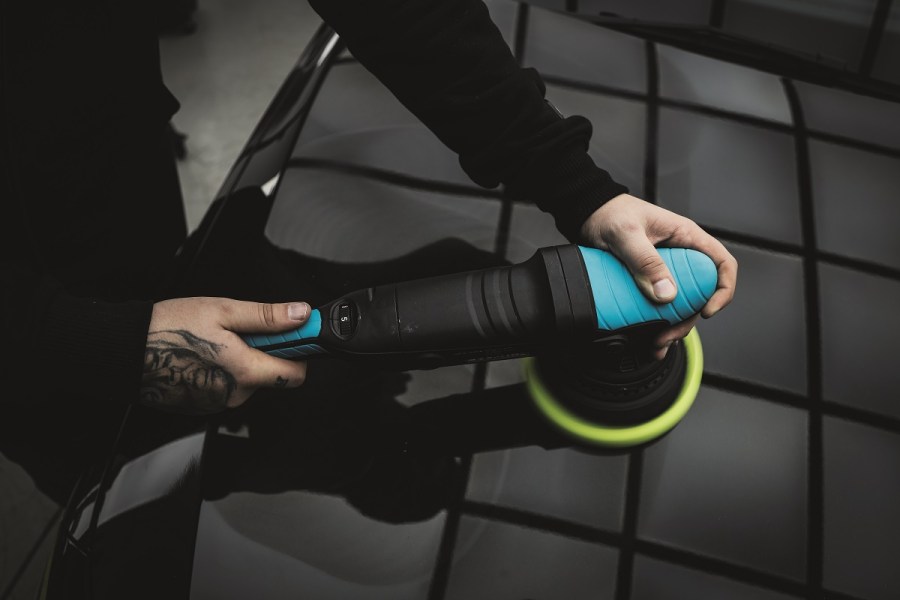How often should you polish a car? Can you polish a car too much? Here are the answers to those questions, and more.
Car polish is a great resource if you use it wisely. Thanks to its gentle abrasive components, polish can level out minor scratches, scuffs, and water marks embedded in a car’s clearcoat, thus making them ‘disappear’. However, because it is ultimately an abrasive substance, there are limits to how often you should polish your car too. This article will provide you with some more clarity on the subject, starting with the basics – what exactly is polish made from?

What is polish made from?
As you might imagine, the exact construct of a polish will differ between brands, but all worthwhile ones contain abrasive agents. An abrasive agent is essentially any substance or material which is harder than the material it gets applied to, in this case, car paintwork. Depending on the potency of the polish, the agents used will either be gentler or harsher. For example, some car polishes use aluminum-oxide particles and kaolin clays.
Ideally, you’ll want to avoid cheap car polishes as sometimes these lower end products contain chalk-based filler rather than abrasive components. So, instead of levelling out the paintwork, you’re simply filling its imperfections, which isn’t best practice. Always check the ingredients label before you buy!

How can polish remove scratches and swirl marks?
As mentioned above, car polish removes light scratches by using abrasive agents to level out the affected area of paintwork. This in turn gives the panel a smooth finish, essentially ‘removing’ the scratch.
It’s the same for swirl marks. You might not consider them as such – and it might pain you to realize it – but those swirls are actually a type of very small scratch. As such, the same theory applies when correcting them. Swirl marks are a common side-effect of DIY car washing, but you shouldn’t feel too bad – with a decent car polish, they’re easy to remedy.
To learn more about the process of polishing a car, check out out guide on what equipment to use when polishing a vehicle.

How often should you polish your car?
As a general rule of thumb, you shouldn’t polish a car more than 1-3 times a year, according to most detailing professionals. Each time you do, you should ideally follow it up with a coating of wax or sealant to help protect the newly-exposed layer from environmental damage.
There are a few factors which might affect how often you should polish your car, beyond that general guideline. For instance, if your car is getting on and a bit in age and the paintwork has started to dull, a summer & winter polish routine (plus finishing wax on top) can help to not only inject new life into the paint, but help maintain its appearance too. That said, be careful with retro and classic cars as they may not have a clearcoat at all. If that’s the case, it’s best to use a gentle polish sparingly, as you don’t want to start burning through the paint unnecessarily. Speaking of which…
What happens if you polish a car too much?
If you polish a car religiously as part of a detailing routine, you might find that you end up doing more harm than good. In a worst case scenario, you could wear the paint down to such an extent that you reach the bare metal.
Check out the video above to get an idea of how much polish abuse a car’s paintwork can really take.








